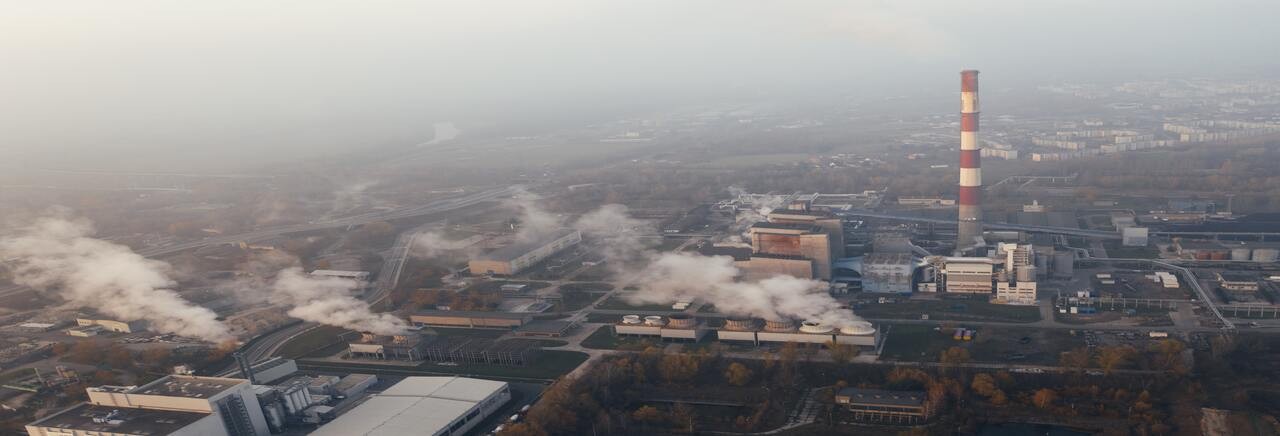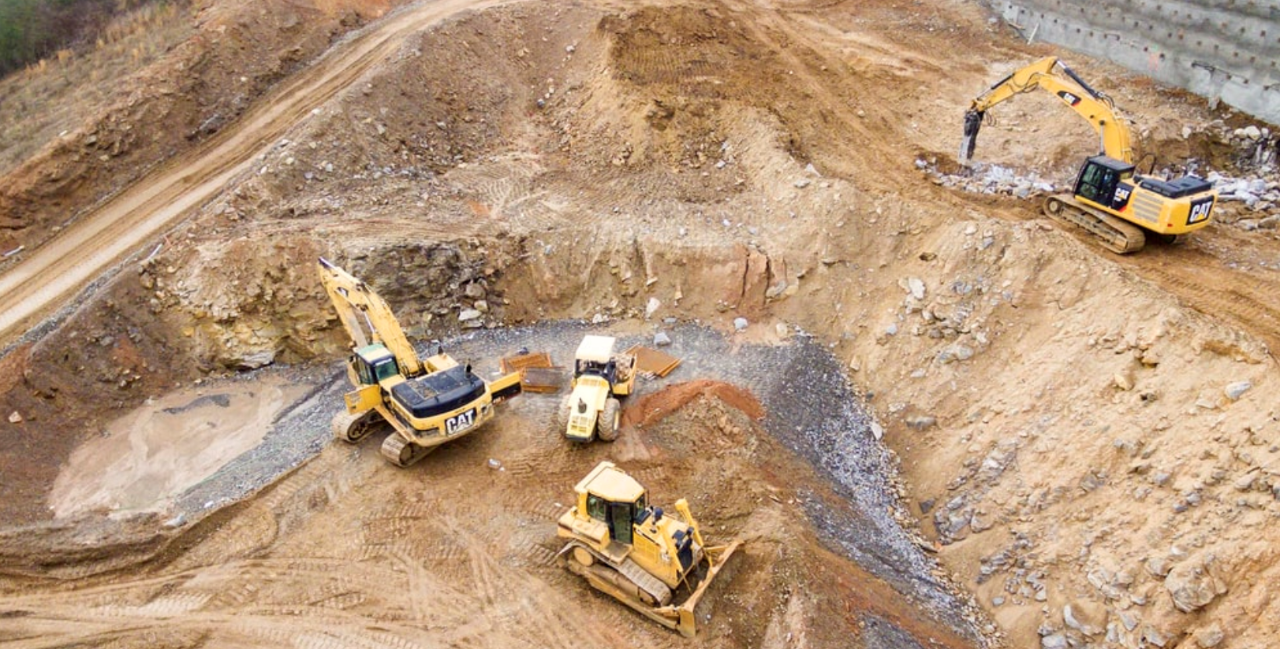On 14 September Saudi Arabia suffered from a heavy assault on its oil infrastructure. National oil company Saudi Aramco's most important crude processing facility at Abqaiq and the Khurais oil field were attacked by drones and/or missiles, removing 5.7 million barrels per day or about half of Saudi oil production, reducing feedstocks to petrochemicals, and cutting gas production by 50%. Details have remain opaque so far. Iran-backed Houthi rebels in neighboring Yemen – which Saudi armed forces have fought against since 2015 in support of the Yemeni government, largely without success – have claimed responsibility for the attacks. But the U.S. has blamed Iran though without evidence for now. Iran has denied any involvement. Saudi Arabia has so far not blamed anyone directly. While it is still speculative to guess about the eventual consequences of this very dangerous incident, it is almost certain that (geopolitical) risks in the Middle East will rise further. So, what are the near term economic implications for the key players in the conflict and for oil prices?
In Saudi Arabia, the return to full oil production capacity could last from some weeks to several months, in which reduced oil output will impact fiscal and export revenues, widening the fiscal deficit (forecast at -6.8% of GDP before the attack) and narrow the current account surplus (+6% of GDP) in 2019. However, the negative impact on economic growth will be roughly counterbalanced by increased (re-)construction output; hence we maintain our +1.2% GDP growth forecast for 2019.
Iran’s economy has already been in dire straits since the re-imposition and extension of U.S. sanctions since May 2018; and its widely alleged involvement in the attacks will increase its international isolation further. Real GDP is forecast to drop by -7% in fiscal year 2019/20 and should shrink further thereafter.
The benchmark Brent crude oil price climbed by +20% from 60 to 72 USD/bbl intraday on 16 September, as Saudi Arabia accounts for about 10% of global output, half of which was disrupted as a result of the attacks. But the price has fallen back to 65 USD/bbl at the time of writing, as Saudi Arabia sought to reassure markets that it can keep up supplies in the near term, in part by utilizing oil held in storage. We expect that this will be tested in the next weeks and that oil prices should remain volatile. Our central forecast remains for an average Brent price of 66 USD/bbl in 2019, for now. There is an upside risk in case of protracted Saudi supply loss, beyond 30 days. The high case would be 68 USD/bbl.
















